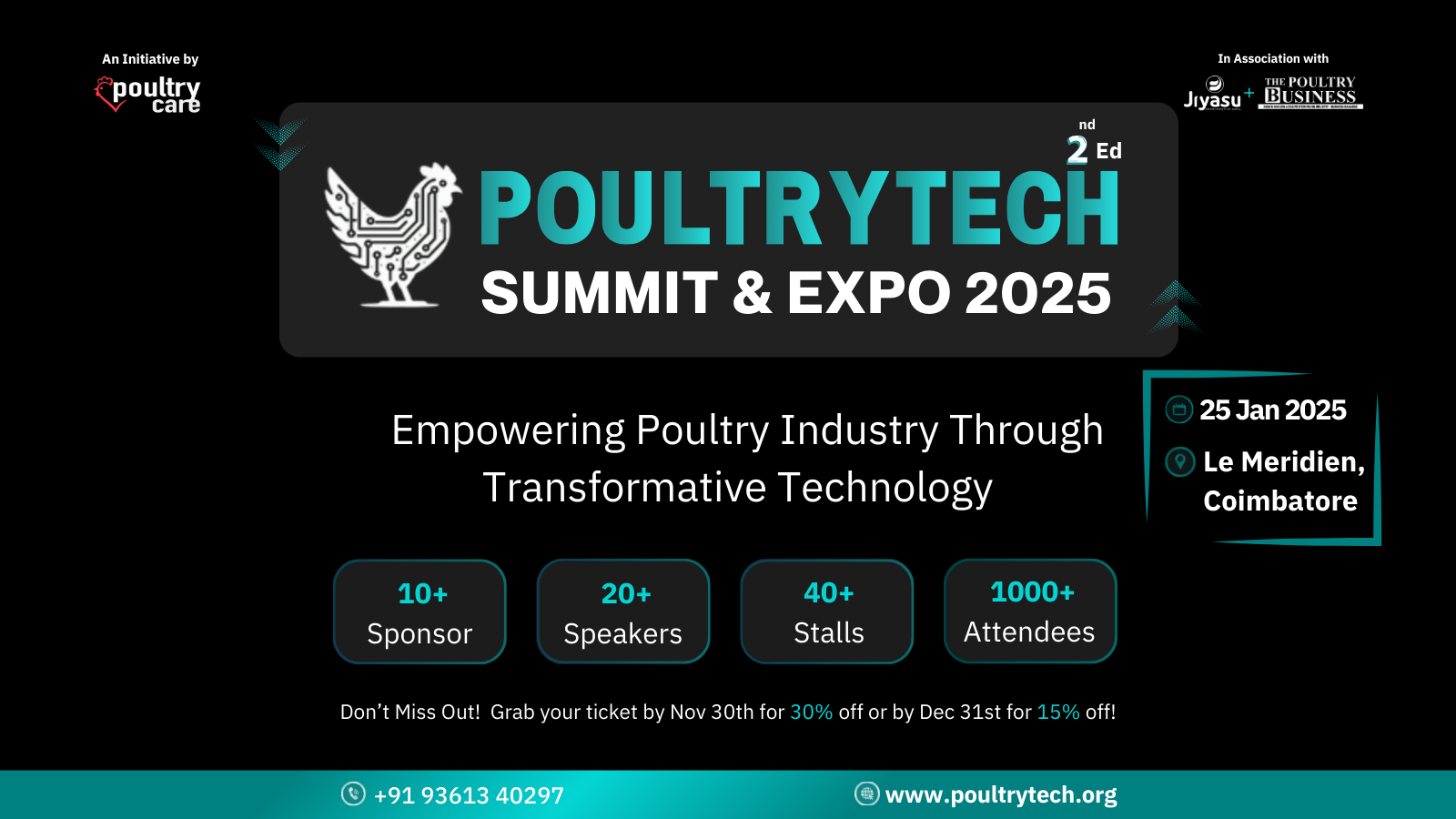When it comes to feed mill management, one of the most crucial factors determining success is how well you control the cost of feed per kilogram. For many poultry farmers and integrators, feed remains the largest recurring expense. Yet, most farms focus on bulk expenses rather than per unit production cost. This blog will help poultry feed mill owners and managers gain a better understanding of per kilogram cost management, especially when dealing with different production and pricing schemes. By addressing this challenge, we open doors to sustainable operations and better decision-making.
Understanding the Basics of Feed Cost Calculation
Before diving into pricing schemes, let us first understand what makes up the cost per kilogram of feed. This includes raw material sourcing, energy used in processing, labor involved, packaging, storage, and distribution. Every step has a cost, and even a small leak in this pipeline can cause a big impact when multiplied over large volumes. Evaluating cost component-wise helps identify inefficiencies and hidden losses. This is why accurate data tracking is key to staying profitable in the long run.
Exploring Different Pricing Schemes and Their Effects
Feed mills do not operate under a one-size-fits-all pricing model. Different farms or customers may operate under various pricing schemes. Some may opt for fixed pricing for a season, others prefer market-linked rates, and a few may work on advance contract models. Each scheme has its own cost behavior. Fixed pricing offers predictability but may eat into margins during price spikes. Market-linked models offer flexibility but require close tracking. Contract models reduce risk but demand reliable forecasting. Understanding these variations helps mill owners prepare better and negotiate smarter.
Identifying Leaks and Losses in Each Scheme
No matter the scheme, there are always areas where costs creep in unnoticed. In fixed pricing, mills may under-quote rates without accounting for sudden price hikes in raw materials. In market-linked models, poor tracking of purchase rates and delivery costs may reduce profitability. Contract models may suffer from penalties or wastage due to overstocking. By analyzing past performance under each scheme, mills can identify patterns and take preventive action. Regular audits and cost break-ups for each scheme help maintain control over profitability.
Using Real-Time Data to Make Smarter Decisions
Gone are the days of manual registers and rough estimates. Today, the most competitive feed mills are using real-time data from every stage of the production and supply chain. Tracking production batches, transport costs, worker hours, energy usage and spoilage rates gives an accurate picture of what each kilogram of feed actually costs. With this data, mill owners can make informed decisions about which scheme to promote, when to switch, and where to cut unnecessary spending. It also helps build confidence among buyers through transparent costing.
Improving Profit Margins through Smart Scheme Allocation
Once you understand how each scheme behaves in terms of cost and return, it becomes easier to allocate your production efforts. High-margin schemes can be prioritized during peak seasons. Lower-margin but high-volume deals can be used to stabilize operations during lean periods. Strategic alignment of schemes to plant capacity and demand cycles brings better financial health. Remember, it is not always about increasing volume. Sometimes, reducing wastage and improving scheme mix is all it takes to grow.
Managing production costs at a per kilogram level may seem detailed, but it is the foundation for smarter and more profitable feed mill operations. When you understand and analyze the different pricing schemes with real insight, it becomes easier to take control and scale with confidence.



